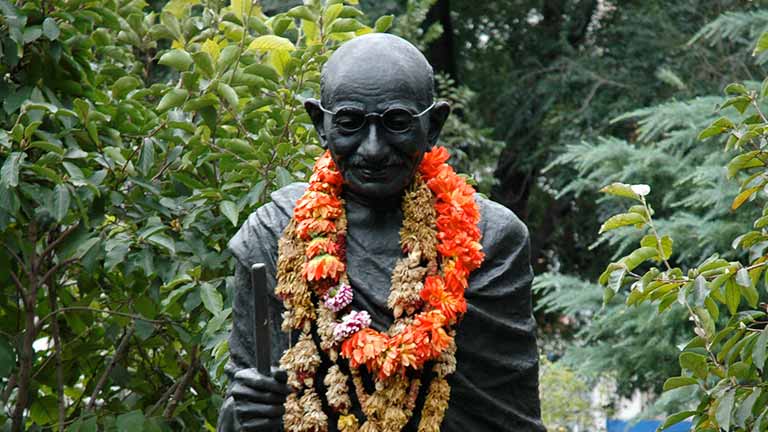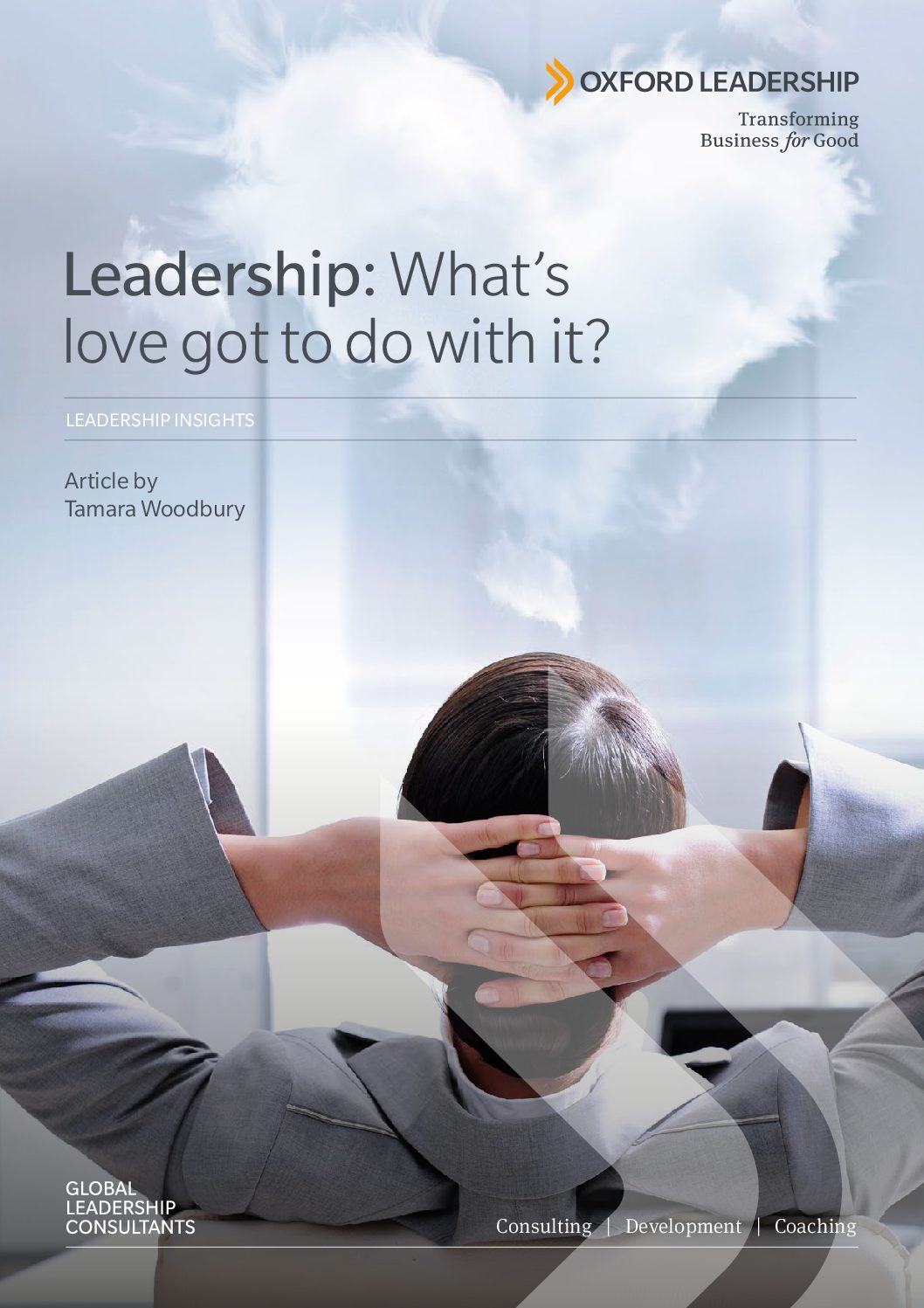Growing beyond a culture that values competition and hierarchy above all else can be a powerful game-changer – one that takes individual and organizational performance to a new level.
Love is more than an emotion. It is also a state of conscious awareness and intention that shapes many behaviours critically important to any organisation, including compassion, commitment, reflection, intuition, inclusiveness, forgiveness, kindness and care.
The Institute for the Study of Love at Case Western University proposes that the essence of love is to affectively affirm, as well as unselfishly delight in, the well-being of others. It encourages us to care for and serve others.
The fullest expression of love therefore must consider the welfare of the whole – our whole selves and our common humanity. This may seem hard to sustain in a society that emphasizes competition, measurable results, and getting ahead. It is equally challenged by the general obsession with a notion of love that is defined by physical form, fashion, beauty and sexuality. We seem to have embedded in our language, our individual psyches and our societal constructs, the limiting belief that love is synonymous with sex. This makes even talking about, much less expressing, love in almost any organisation a risky venture. Risky or not, we must find ways to bring love and well-being back into our organisational cultures if we aspire to move leadership out of the domain of fear.

Visionary statements and brilliantly worded goals do not lead to substantive shifts in the organisational culture. If we want deeper and more trustworthy relationships, we need to better understand what is contributing to the culture of fear. We need to look honestly at how committed our organisations are to fear-based problem solving. We need to see our clinging to past successes when addressing current challenges.
“The difference between what we do and what we are capable of doing would suffice to solve most of the world’s problems.”
Ghandi
Within our Girl Scout organization, hierarchical practices and structures had promoted short-term problem solving with many unintended consequences. In fact, being able to identify and then solve problems was perhaps the most frequently recognized and rewarded “leadership” skill. This drove those eager for promotion toward competition and performance at the expense of others – away from trustworthy, collaborative and loving relationships. Additionally, we were often stuck in patterns of trying to recreate success by replicating tried and true behaviour. This resulted in seeing change, including innovation and creativity, as problems or threats. This was a vicious circle of actions and behaviours that remained invisible to us as long as we were wearing the lenses of fear.
When we finally saw these patterns, we had to refrain from some well-learned practices. We suspended individual performance reviews for two years and measured our successes through the accomplishments of teams, looking for achievements, innovation, collaboration and the evidence of success that had meaning beyond what could be readily quantified. We began to make time for listening to the full stories of events and activities. We started rewarding the sharing of mistakes and what had been learned through those experiences equally with traditionally recognized achievements. We learned to welcome surprises and became much more deliberate about conducting “noblame autopsies”.
The times demand that we step away from the shadow of fear and into our essential loving nature. These are times that require every one of us to be the leaders who lead our lives consciously and with an intention of love.
As we figured things out together, the environment and productivity in our organisation began to change. This change was the result of a natural assuming of accountability and leadership by individuals across the organisation who were valuing community with one another. Looking for love in our intentions grew into really loving to work together. As we stopped competing with and blaming one another, and as we looked past our individual cultural and ethnic identities, we discovered that most of our organisation’s cultural pathology had grown out of hierarchical/patriarchal organisational practice. It was astounding for us to see how, in an organisation whose mission is focused on girls and women, we had unintentionally shamed not only expressions of love but other “feminine qualities” of leadership. We had internalised a culture which was overly invested in patriarchal habits and overly promoted command-and control leadership qualities…

Stay up-to-date with our latest news:
Subscribe








